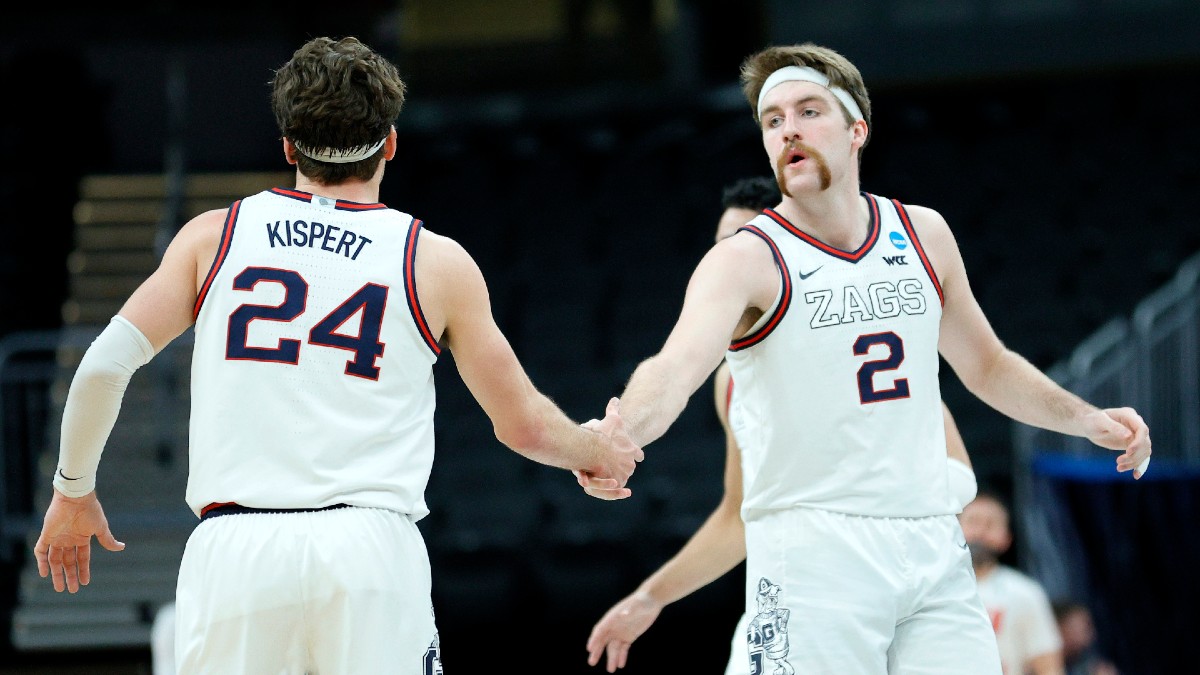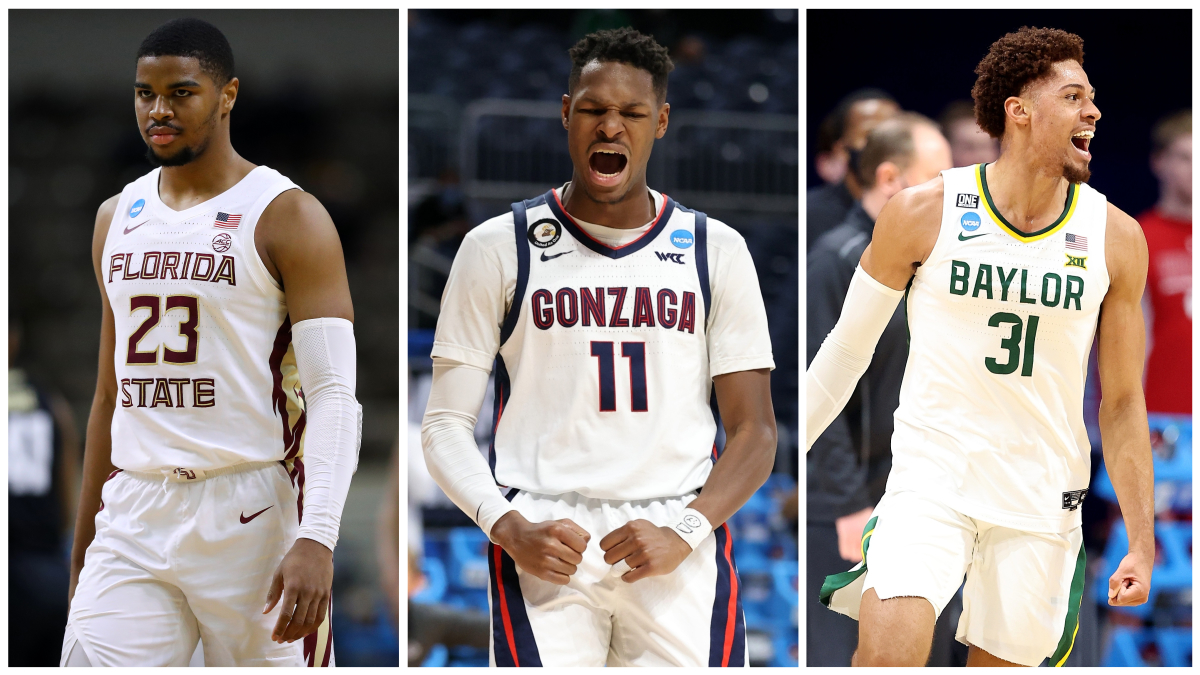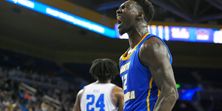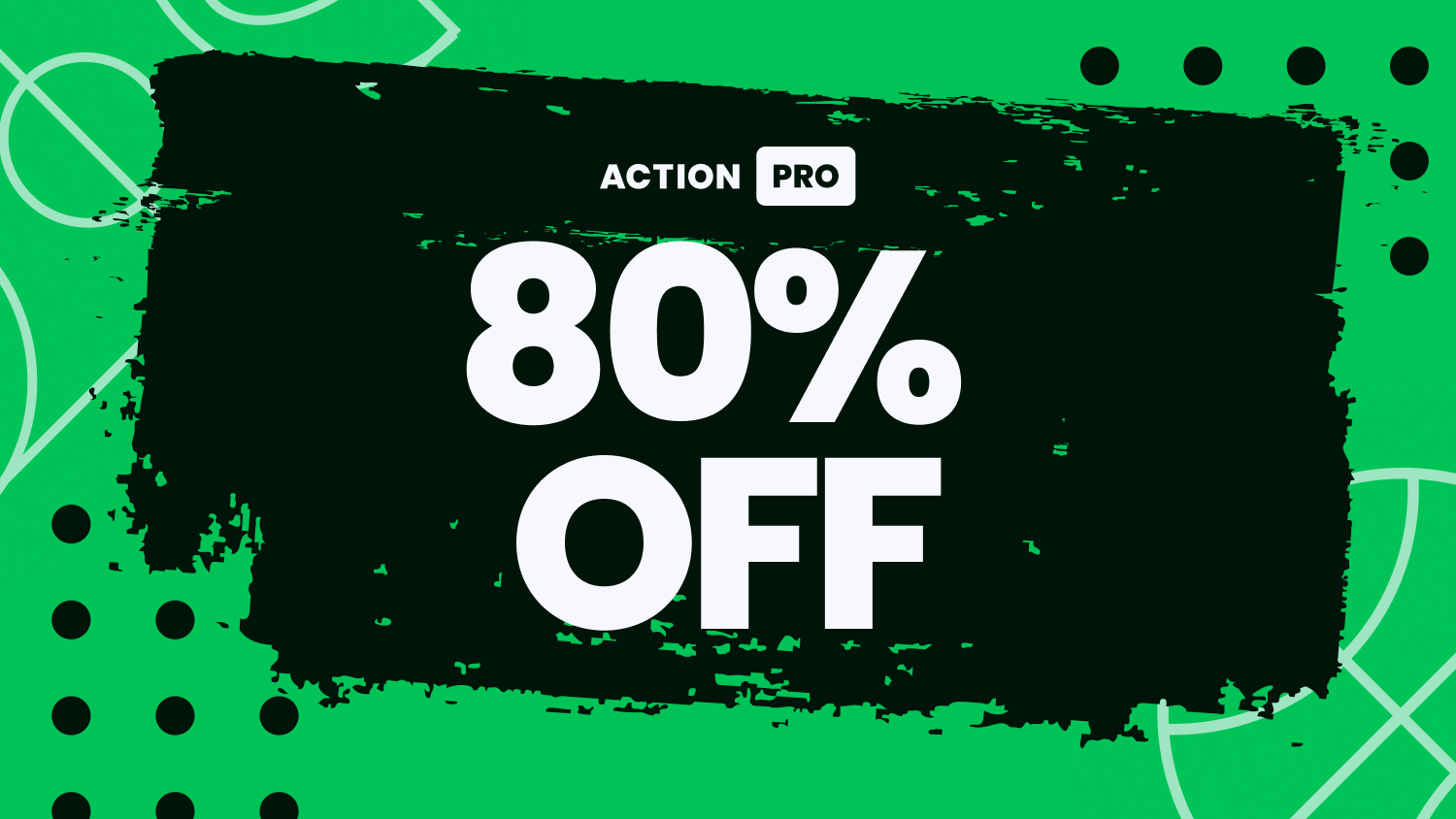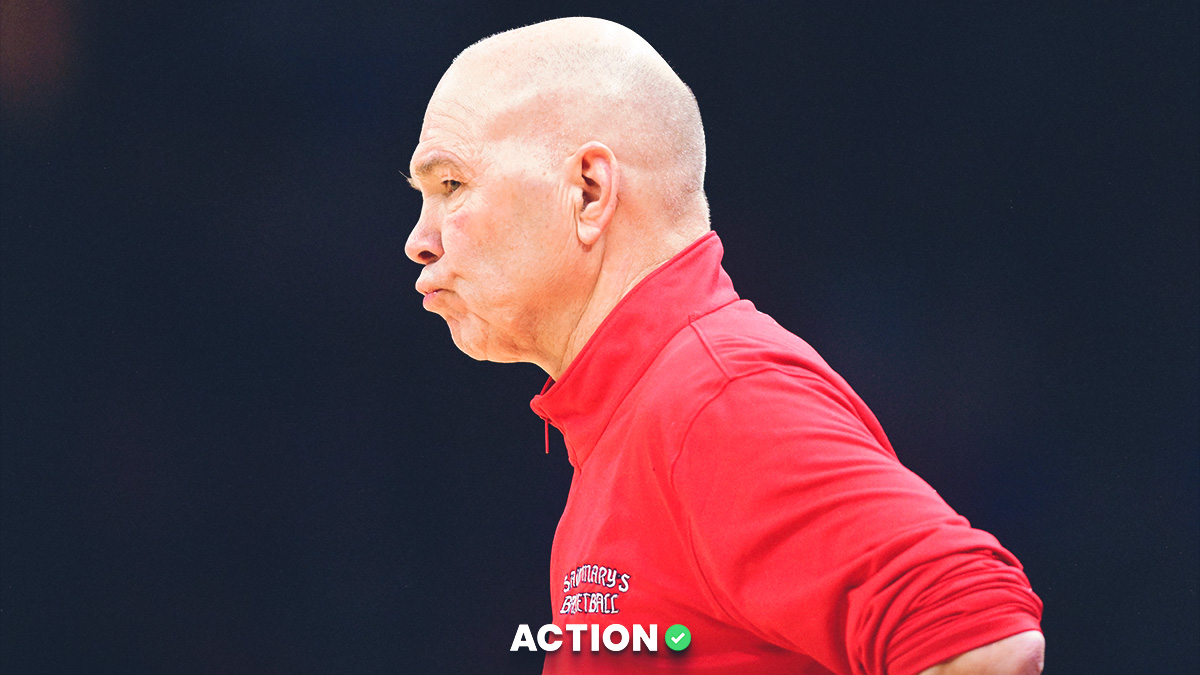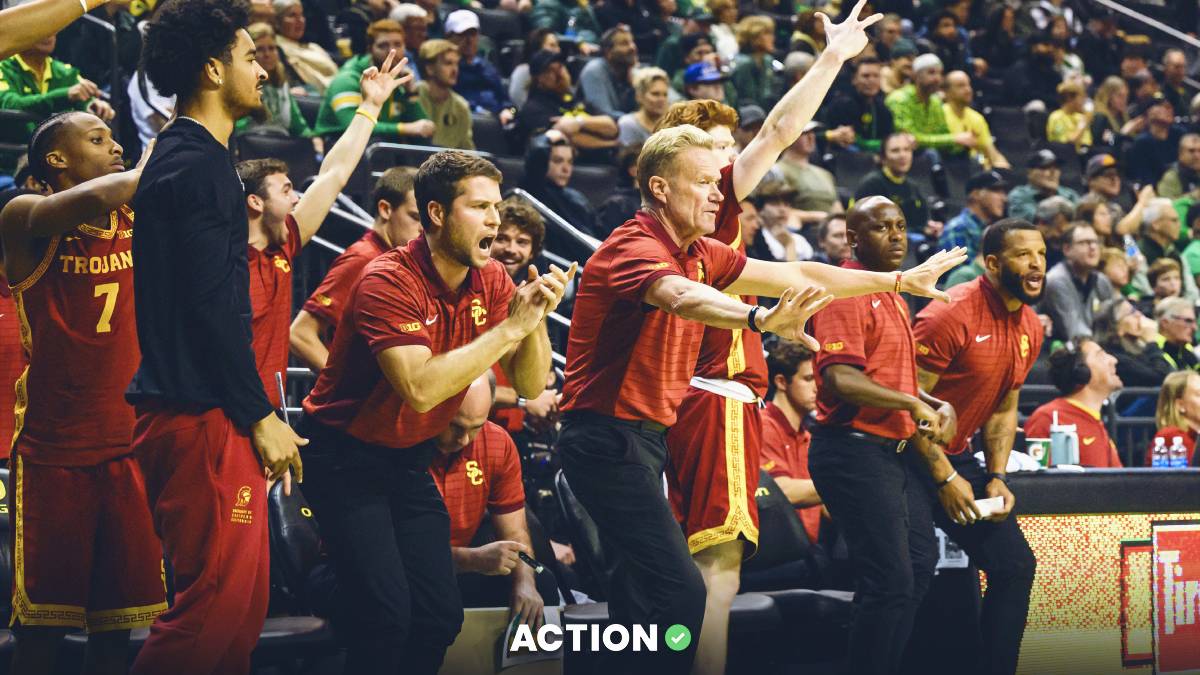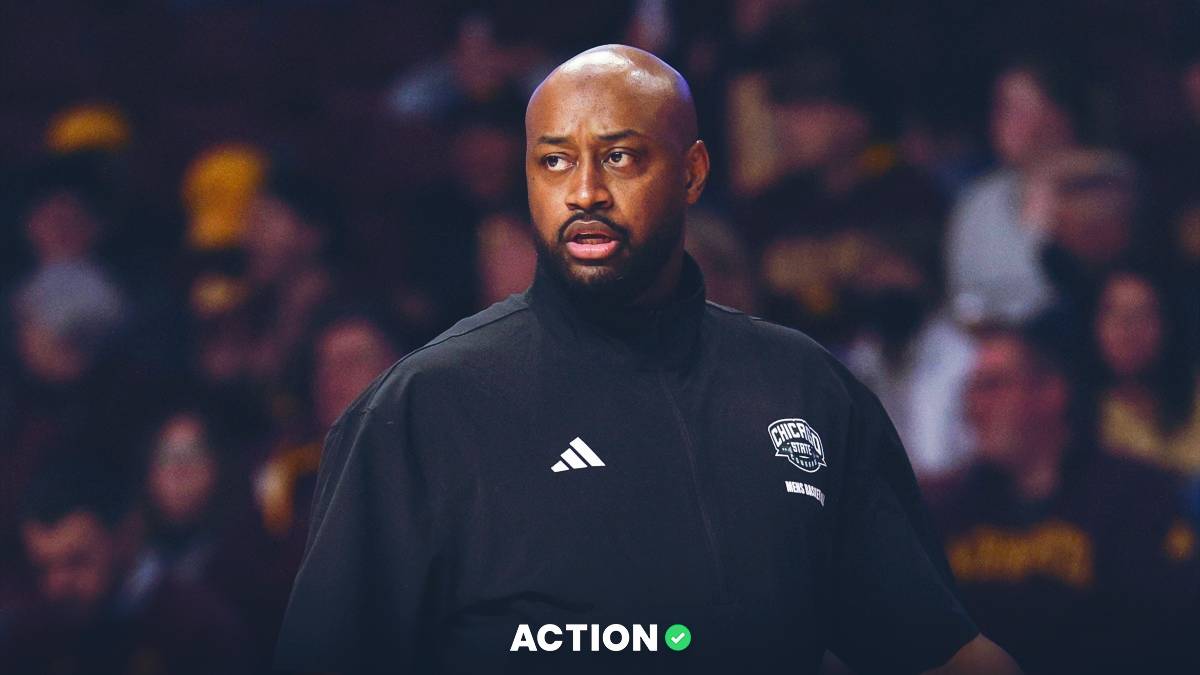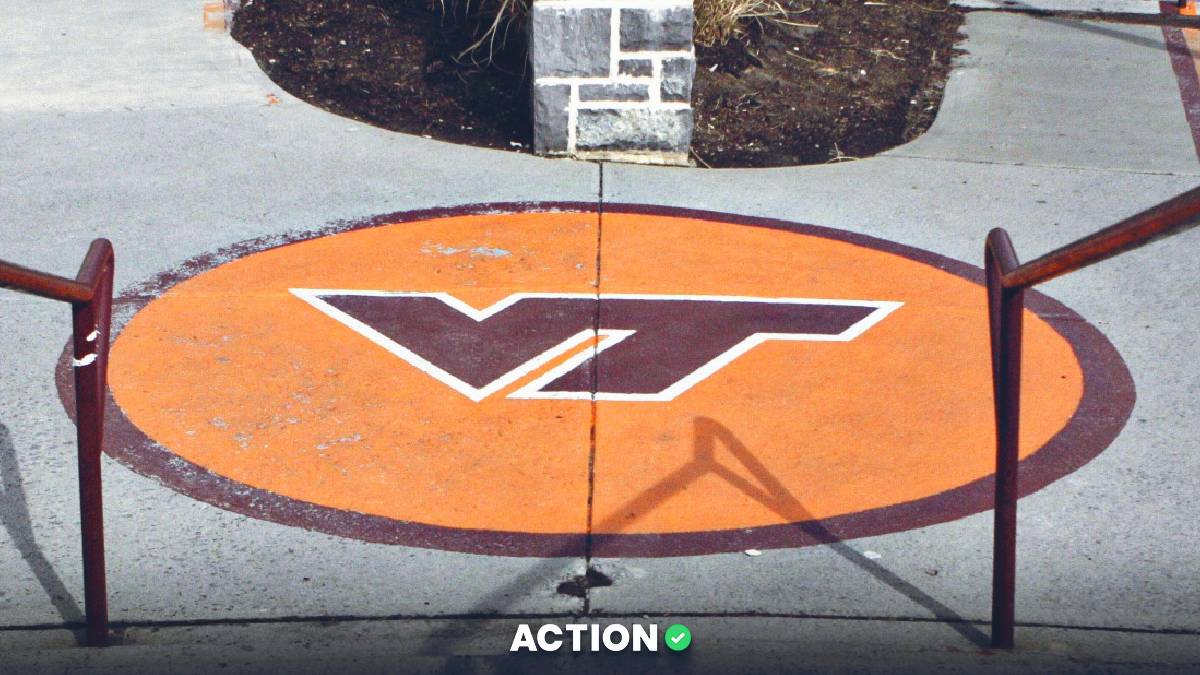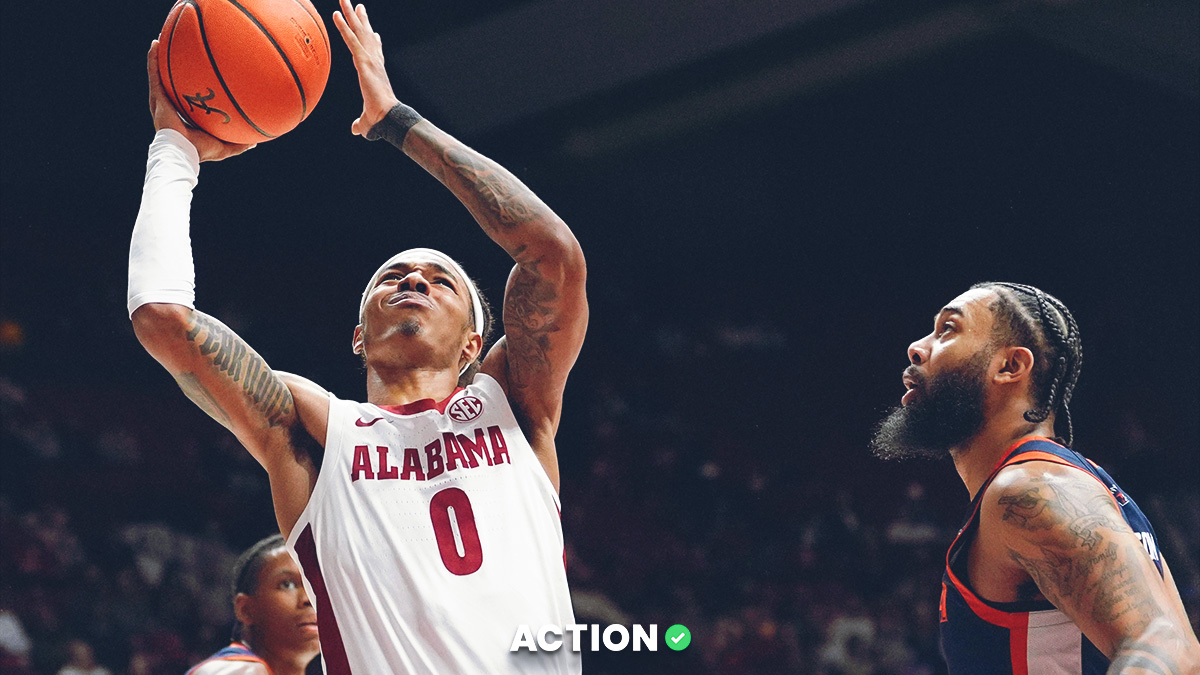Gonzaga and Baylor have been considered the top two teams in college basketball for nearly the entire season.
The Bulldogs cruise into the Sweet 16 undefeated, while the Bears have suffered only two losses, both at the hands of top-20 teams.
In conclusion, it's very difficult to beat either team. But it is possible.
Mike Randle and Tanner McGrath break down how to topple the two top seeds below, along with which teams match up well with them.
How to Beat Gonzaga
Mike Randle: The Four Keys To Beating Gonzaga
Stellar Defense: In each of their defeats, the Zags were severely limited from either two-point or three-point range. In three of the five losses (Duke, Florida State and Texas Tech), the Bulldogs shot a combined 25% (14-of-56) from beyond the arc.
In its championship loss to North Carolina, Gonzaga was strong from 3 (42%) but brutal from inside the arc at 30%. It's certainly logical that any team that's going to beat Gonzaga must have the ability to slow it down on offense in some capacity.
Each of the Bulldogs' opponents (with the exception of Florida State in 2018), ranked inside the top 18 in defensive efficiency. That defensive presence was usually manifested through blocks and steals, with each of Gonzaga's opponents registering at least 10 combined. In Gonzaga's last three losses, North Carolina, Florida State and Texas Tech had at least 15 combined blocks and steals.
The first step toward defeating Gonzaga? Disrupt its offensive rhythm.
Rebounding is Overrated: It was surprising that in each of Gonzaga’s five losses, it out-rebounded its opponent. This is a direct result of teams needing to extend their defense to limit the Bulldogs 3-point attempts. By doing so, teams will sacrifice the appropriate rebounding positions, in exchange for deflections, steals and blocked shots.
This was clearly evident in Gonzaga's 2016 loss to Syracuse, where the Bulldogs out-rebounded the Orange by a 37-33 margin, but still fell victim to 19 combined steals and blocks.
To my surprise, holding a rebounding advantage was not a top priority in defeating the Zags. However, since rebounding is an essential way of getting extra shot attempts, teams needed to offset this discrepancy by finding an edge in other areas, such as free-throw shooting.
Free Throws: Gonzaga’s offense ranked 15th overall in free-throw attempts entering the tournament. However, in their last five NCAA Tournament losses, the Zags have failed to generate an advantage at the charity stripe. Some examples:
- In 2015, Duke almost doubled Gonzaga’s free-throw attempts (19-to-10) and made four times as many free throws (8-to-2).
- In 2016, the Orange held a massive free-throw shooting discrepancy. Syracuse, which only shot 68.8% as a team, went 14-of-16 (88%) from the charity stripe. The Bulldogs made only 4-of-5 free-throw attempts.
- In 2019, Texas Tech shot a blistering 16-of-19 (84.2%) from the line, while Gonzaga was slightly worse at 12-for-15 for 75%.
In the other two matchups, Gonzaga’s opponent either matched or slightly exceeded the Bulldogs' free-throw production.
Teams have been able to attack Gonzaga off the dribble and take advantage of a historically less-athletic Bulldogs perimeter defense. With players such as Suggs, Andrew Nembhard and Joel Ayayi, it is clear Few has tried to address this issue.
Offensive Efficiency: Last, but certainly not least, teams need to find a way to match Gonzaga’s lethal offensive efficiency. In all of their past five defeats, the Bulldogs' opponents have either found superb efficiency from 2-point range, 3-point range or both.
In 2018, Florida State only shot 6-of-20 (30%) from 3-point land but finished with an impressive 21-of-38 (55.3%) from inside the arc. In 2019, Texas Tech shot 39.1% (9-of-23) from deep, while limiting the Zags to just 26.9% from 3-point range.
It might seem obvious, but to beat Gonzaga, a team must be able to score often and with high efficiency. This is precisely why a team like Virginia was blown out by a 98-75 score line earlier this season. If the Bulldogs are going to lose, it needs to be a team that brings its own high-level of scoring efficiency.
Who Can Beat Gonzaga This Season?
Alabama Crimson Tide
The biggest resistance to a national championship would likely come from the Crimson Tide. Alabama has the most complete profile of any team Gonzaga would meet prior to the title game.
The Crimson Tide entered the tournament ranked second overall in adjusted defensive efficiency, plus a top-10 mark in defending the 3-pointer and holding opponents to just 28.8% from deep.
Alabama is littered with athletic guards on the perimeter who could attack Gonzaga off the dribble from every position. From a matchup perspective, an Alabama-Gonzaga Final Four would be college-basketball nirvana.
Baylor Bears
The Bears are certainly talented but have failed to play at that elite level since returning from a three-week COVID-19 pause in February. Senior guard Jared Butler (17.1 PPG, 4.8 RPG, 42.9% 3P in regular season) is an All-American player, but Baylor's offensive turnovers and poor free-throw shooting (66.5% in conference play) are major concerns.
The Bears are the best three-point shooting team in the country (41.8%), but I worry about their no-middle defense against a versatile and explosive offense like Gonzaga.
Oregon Ducks
The Ducks certainly have the offense, ranking first in Pac-12 play in adjusted offensive efficiency and 3-point percentage at 39.4% entering the tournament. Oregon has superior defensive guards, plus it ranks first in conference play in defensive turnover percentage.
The overall defensive rating (76th) was a little low, but it was clearly skewed by multiple injuries throughout the season. Oregon's lack of rebounding is not an issue, and its 72% free-throw shooting in the Pac-12 was solid. Now fully healthy, Oregon is a team Gonzaga will want eliminated before the Elite Eight.
How to Beat Baylor
Tanner McGrath: What the No-Middle Defense Does
The no-middle defense concept is designed to leave very few offensive options outside of low-percentage baseline shots, dangerous skip-passes and late shot-clock isolation. Plus, by helping so early and outside the paint, it restricts opponents’ shot opportunities at the rim.
In fact, only 26.8% of Baylor’s opponents' shots came at the rim before the tournament, per Hoop Math, which is eighth-least in the country.
Plus, the no-middle creates tons of opportunities for turnovers in the passing lanes. As long as the defensive players are rotating with aggression and keeping their hands active in the passing lanes, it’s easy to force deflections on skip-passes and kick-outs.
Baylor excels at this, which is why it entered the tourney third in the nation in turnover percentage.
The trade-off of the no-middle scheme is that it often leaves itself exposed to open perimeter shots. With so much scrambling often occurring on the weak side, someone is bound to be left with an unguarded jumper.
Now is the Time to Beat Baylor
It’s a great time to examine the holes in Baylor’s usually-elite defense because it’s not nearly as elite as it was last season.
The 2019-20 Bears finished fourth in defensive efficiency (88.1), while the 2020-21 Bears were 44th in that metric (93.0) entering the tournament. It’s still second in the Big 12 in both defensive efficiency and points per game allowed, but it’s clear Baylor isn’t a top-five defense anymore.
Plus, in the seven games since the Bears came back from their COVID-19 layoff, Baylor entered the tournament just 180th in defensive efficiency, per Torvik, and the defense allowed a whopping 1.09 points per possession.
So, what’s changed?
The biggest issue is that teams are just shooting better against the Bears this season. Here are Baylor’s defensive shooting splits over the past two season:
So, are teams just shooting hot against the Bears this season?
I don’t think so. Per Hoop-Math, Baylor’s percentage of unblocked shots have risen across the board from last season:
Plus, its defensive adjusted shot quality has risen from .88 last year to .94 this year, per ShotQuality.
Overall, the Bears seem to be contesting at a lower rate, which in turn leads to giving up better shots at a higher rate. Teams are taking advantage.
The Recipe to Beat Baylor's No-Middle Defense
Overall, offenses have been more effective against Baylor’s defense this year than last year — which means it’s a perfect time to look into which kind of offenses excel against the no-middle concept.
There are a number of offensive ingredients that go into fully exploiting Baylor’s no-middle concept.
The defensive scheme leaves the 3-point line open a lot. Offenses should be comfortable shooting the 3, but more importantly, need to make a high percentage of outside shots. Taking advantage of open 3-point shots that Baylor can leave is the most important factor.
The key to getting those open perimeter shots is to force them through optimal spacing on the weak side. When an offensive player receives a skip pass, he wants the Baylor defender to travel the farthest possible distance to scramble and recover.
Moreover, the more teams work the ball around the perimeter, the more the Baylor defenders will have to rotate, scramble and recover. Better perimeter passing offenses will force more open looks.
However, one of the elements to Baylor’s no-middle defense is hoping those weak-side passes end up in a non-shooter's hands. Therefore, offenses will want as many high-level catch-and-shoot players on the roster as possible.
Finally — as mentioned above — big, athletic ball-handlers who can attack gaps and open spaces are important. If that player happens to be a guard who excels at finding open shooters, even better.
For example, think Oklahoma State’s Cade Cunningham, who destroyed Baylor in the Big 12 Tournament (25 points, five assists) by attacking the open spaces, beating up on the smaller guards and finding open teammates when the help came.
Even though Oklahoma State doesn’t shoot a ton of perimeter shots (48.9% of its shots come at the rim, fourth in the country, per Hoop-Math), Cunningham just physically abused the Freddie Gillespie-less Bears. Vital wasn’t enough to stop him.
So, with this in mind, which teams — in Baylor’s draw or in general — have the offensive capabilities to exploit Baylor’s no-middle defense?
Which Offenses Can Beat Baylor?
Alabama Crimson Tide
The first team that comes to mind is Alabama. Unfortunately, the Crimson Tide are not in Baylor’s region and the two wouldn’t meet until the final.
But Alabama’s offense has all the tools needed to exploit the no-middle scheme. The Crimson Tide take 47.1% of their shots from 3-point range, meaning they’re incredibly comfortable shooting the outside shot, and they made those attempts at a 35.1% clip entering the tournament.
Excluding Herb Jones, every one of Alabama’s top-seven rotation players takes at least three 3-pointers per game, and all of them shoot over 33% from deep. The Crimson Tide will happily space the floor, take a lot of deep shots, and there isn’t a player uncomfortable with shooting from the perimeter.
Finally, at 6-foot-8 at 210 pounds., Jones is a very capable ball-handler who will attack Baylor’s open spaces aggressively. Plus, he paces the Crimson Tide in assists at 3.3 per game, meaning he has no issue finding the open guy on the strong or weak side.


